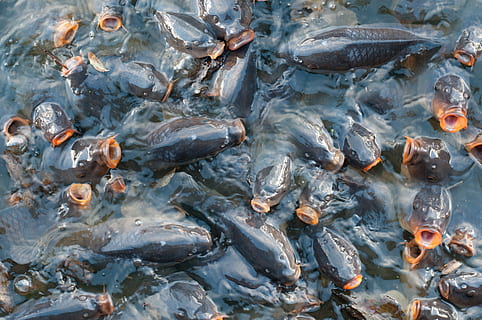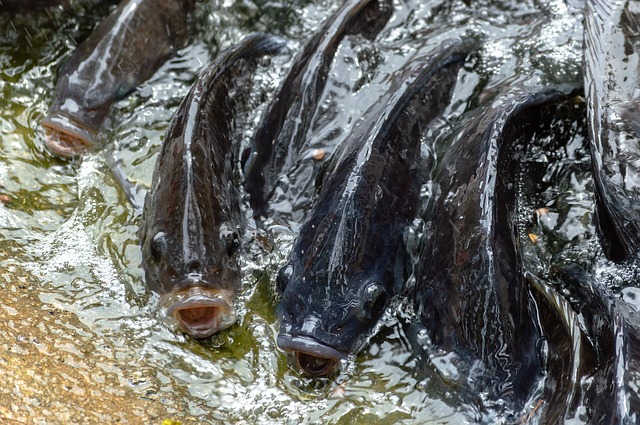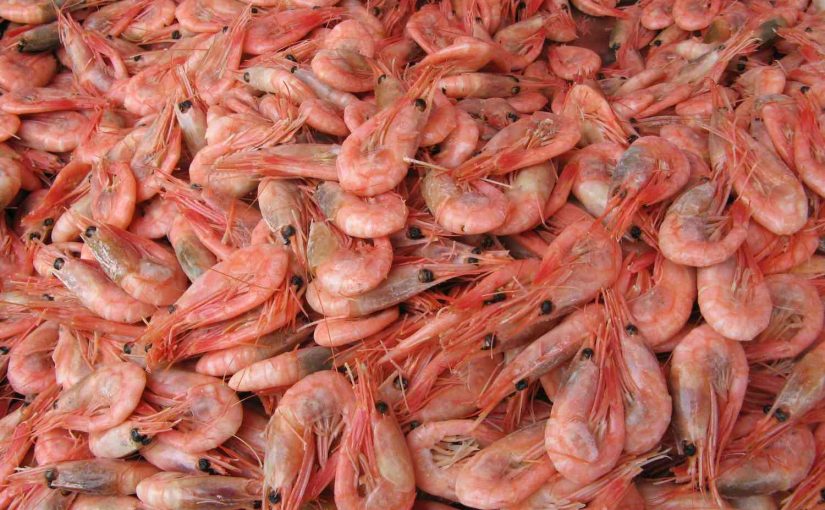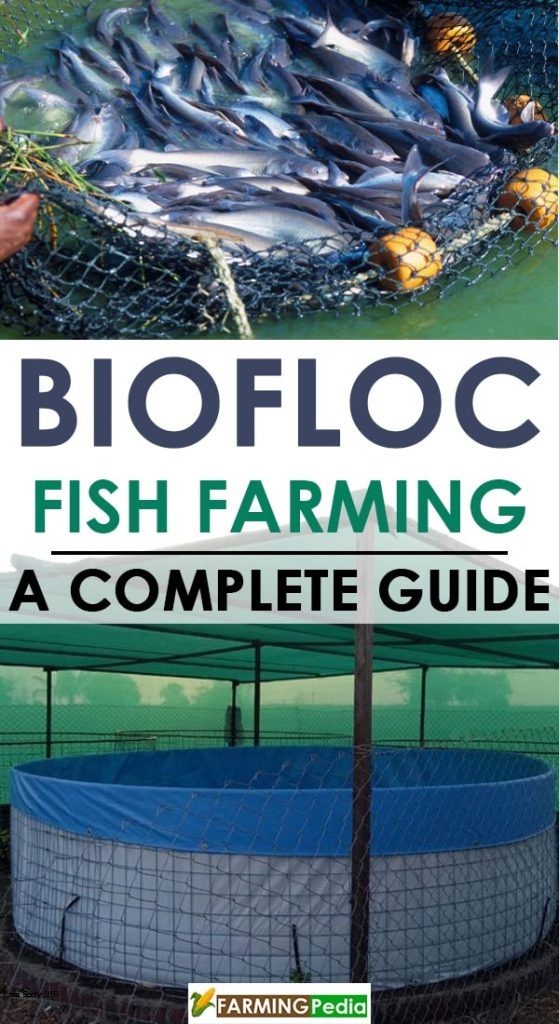These days, tilapia is among the most popular fish for cultivation. People are doing tilapia farming even on their farms for thousands of years now. It is considered a very successful, profitable small-scale business, and you can of course make it a large-scale one with time.
If you are patient and at the same time, dedicated, this business can completely change your life for good. Flexibility is one of the biggest highlights of the tilapia farming business, as there are various cultivation methods you can opt for. Here we are discussing one of the most productive cultivation processes.
How to set-up a tilapia fish farm
Having various sizes and shapes of tanks and ponds can be immensely helpful, especially in the beginning. It will help you to manage water properly. Your tilapia fish farm must be equipped with different types of fish containers and a proper drainage system. And providing fish with high-quality, fresh food will also ensure proper and timely growth of fishes.
Is tilapia farming profitable?
The answer is “yes”. As we have discussed earlier, it is one of the most profitable farming businesses. Intensive and hyperactive intensive are the two most common types of breeding that are preferred for business purposes.
Different types of tilapia species
You can discover tilapia in estuaries, ponds, watercourses, lakes, marine habitats, and other seafaring conditions. They love tropic conditions with 25-30 degrees Celsius as optimum temperature for growth. A few varieties can even tolerate as low temperatures as 8 or 9 degrees Celsius.
| NAME | DESCRIPTION | REASON/WEATHER |
| Nile Tilapia | One of the oldest species from Egypt. Gain approximately 1 to 2 pounds in five to seven months. | Can be found anywhere in fresh lake water |
| Blue Tilapia | Gain 2 to 4 pounds in 12 months | Part of Asia, USA, Middle East, and Northern Africa. Grow even in cold temperatures. Fresh and saltwater are suitable for their growth |
| Mozambique Tilapia | An average weight of 2 pounds in 1 year | Can’t survive cold or salty water |
| Mono-sex Tilapia | Hybrid, one of the most suitable species for tilapia farming, capable of growing at very good speed for a couple of years. | Found in India, USA, Bangladesh, and South Africa |
| Rendalli | Usually herbivorous | One of the most preferred species for aquaponics industry |
| ‘Abbassa’ and ‘Akosomb’ | Very unique hybrids of Nile Tilapia | Can grow 30% faster |
| Andersonii | A small-headed Species with the best taste among all tilapias | Grow decently in cold-water culture |
Let’s start our guide to properly grow tilapia
Here are all the basic as well as advanced things related to tilapia farming for beginners. If you can understand all these points in a quick time, you can become a very successful tilapia farmer within a couple of years. We have tried to cover “everything” from the beginning to the end, let’s learn the basics first.
Where you can grow tilapia fish
As already discussed, tilapia fish can survive and grow in almost every condition including cages, raceways, fish ponds, and tanks, etc. Residential producers are even using trash cans for raising tilapia!
But if you want to maximize your productivity, you should arrange a set of few ponds or tanks. Depending on your budget, you can start with 8 to 12 tanks, and can of course increase the number with time.
How long tilapia takes to grow
Most of the tilapia species grow in 32 to 34 weeks i.e. about eight months, and the average weight of fully-grown tilapia is 450 to 600 grams. Though, farming of tilapia and hence, growth of tilapia depends on a lot of factors including care, atmospheric conditions, and food, etc.
How to maximize your profit
Securing the profit should be the priority in the beginning. And you also have to identify the challenges related to raising tilapia. Here are some of the most common causes of failures in commercial tilapia farming.
Lack of nutrition: Usually, people either ignore the importance of proper, healthy, and timely feeding or they are unaware of nutrition according to age. We will discuss the proper nutrition for tilapia later.
Too many fingerlings: Female tilapia is known for reproducing a lot of eggs. It is capable of spawning about 200 to 1000 eggs every 4 to 6 weeks, and that can create an unwanted situation for you! Can you afford them to feed or to grow? As a solution, you can opt to raise only male tilapias which are known as the Mono-sex tilapia farming method.
Problems related to marketing – Most of the farmers get affected by this problem. As the growth rate of tilapia is very good, you may suffer from incomplete selling. So, you need to identify the species of tilapias with rather slow growth stages.
Let’s assume that, you are doing tilapia farming backyard. Now, they need enough food and spices. You are feeding them continuously, and they are not growing as they are supposed to. The food you are wasting is obviously being wasted. So, what can you do differently? Here are the answers
Don’t compromise with the quality of nutrients and water – Never!
For any species of fish, water is almost everything. They simply can’t survive without water! And for healthy survival, unlike most of the other species, tilapia can also survive in dirty water. But, as a farmer, you won’t want to grow poisonous fishes in your firm. Dirty water is usually full of bacteria, pathogens, viruses, and other infectious organisms. These organisms can make fishes harmful, even poisonous for humans. So, always try to fill your ponds and tanks with fresh water to ensure proper and healthy growth of tilapia fishes.
Nutrition is another very important aspect of tilapia fish farming at any scale. Here is a general diet chart for tilapia. You can divide the amount of food required with serving time. It will also help you to avoid wasting food.
| Assumed fish size | Amount of food per fish/per day | Approximate time after stoking | Times a day |
| 5-40 g | 1g | 1-2 month | 3-4 |
| 40-100g | 2-3g | 2-3 months | 3-4 |
| 100g-400 g | 3-4 g/fish | 3-5 months | 3 |
| 400+ | 4-5 g/fish | 5 months+ | 3 |
Designing a pond for tilapia farming (Circular container)
Ideally, you will need eight ponds/circular tanks to start farming of tilapia. There are two different types of aeration generally in the cultivation system – horizontal and vertical. The initial vertical aeration should be from the bottom to the surface. The aeration is usually provided by an apparatus.
You will start seeing the fishes properly once they weight 45 grams. So, at the beginning of tilapia farming in tanks, you can easily store 170 to 200 tilapia fishes in each cubic meter of water. It means, around 15 thousand fishes per pound! In the second stage, you will be able to keep 85 to 100 fishes per cubic meter. And that’s when the horizontal aeration is preferred.

Divide the container properly for better production
If you want to increase the growth of tilapia for commercial cultivation, dividing the container is a good idea. Suppose, you have eight containers for tilapia farming, you can have an uninterrupted production in four of them. So, it won’t be a huge challenge to steer profit almost every month. Start using half of the tanks then add another half in the next month, and so on. If you are aiming to increase the number of tanks/ponds, you should still proceed according to the multiples of four.
In the case of farming of tilapia, feeding is the most important aspect of growth, and ultimately, benefits. Commercial farming of tilapia doesn’t need external aeration systems. It will be enough if you can manage efficient water exchange whenever needed. To avoid uncontrolled reproduction, you should go for monosexual tilapia instead of mixing males and females.
Standard size for ponds and tanks
Whether you are doing tilapia farming in tanks or ponds, you should take care of the standard size. A standard pond for tilapia is 20×40 meters with 1.20 meters of depth. It can easily store 960 cubic meters of water.
But,
If you raise 10 tilapias in each cubic meter of water, the pond will store 9600 fishes at a time. And you need to maintain the balance while feeding! According to an estimation, 1.7 kilograms of food will convert into a harvest of one kilogram of meat. And the average weight of a commercial tilapia is 500 to 600 grams! And a standard pond will produce 4800 kilograms of meat. It means, 9600 tilapia fishes can give you 4800-5500 kilograms of selling product!
NOTE: The average weight of an adult tilapia is 1 kg to 4 kg. And it requires 2 to 3 years to achieve adulthood!
Raising tilapia in bio floc
Tilapia fish farming in bio floc is also a wonderful idea, as they can easily adapt to bio floc systems. In this system, you will have to use minimum water, and add a lot of dense microbial populations to ponds. Adjusting the carbon-nitrogen ratio (C: N) is the key to this system.
Also Read: Biofloc Fish Farming – A Complete Guide
The bacteria forming bio flocs can assimilate the total ammonia nitrogen (TAN), and can produce microbial proteins for tilapia fishes.
Tilapia can adapt to bio floc systems very quickly, and you can have an amazing production! Using bio flocs for raising tilapia, you will get very high biomass, as the biomass of tilapia can reach to the surprising pace of 200-300 mt/ha! You get higher fish density, but the system also generates a lot of waste! So, this is not the ideal way to start your tilapia fish business.
Primary Cost to start a small-scale business
The production system is the most important aspect of the tilapia farming business on any scale. Floating fish cultivation needs lower investment. “One hectare” is the base of calculation in case if floating cultivation. A 5,000 USD per annum gives you the production capacity of 20 tons of tilapia!
Look, you should opt for a floating cage in case If there are continental water conditions in your area. A floating cage with 20 meters of diameter is should be suitable. And three in-depth floating cages will cost you approx. 4,000 USD, and you can earn 60 tons of biomass per year. You can distribute the whole cost as:
55% for a balanced, nutritious diet, 37% for administrative and
production costs, and 8% for fingerlings.
Homemade organic feed for tilapia
You can buy feeds from the market, as well as can prepare them at home. Tilapia can eat almost everything, and homemade pellets are like a treat for them! These pellets are made with corn, rice barn, oat groats, alfalfa meal, linseed meal, or canola meal, as well as different vegetables.
If you are doing tilapia farming in tanks, homemade feeds are not good for, as they can start damaging them in a quick time. So, for tanks, buying feeds from the market is a better option. You can give homemade pellets to the fishes raising in the ponds.
The best feeding methods for small-scale tilapia fish farming
The average survival rate of most of the tilapia species is 99%! And the average growth per organism is 960 grams. You can achieve this result by modifying the feeding methods. The amount of food required is usually decided by the percentage of biomass. And as already discussed, providing your fishes with a balanced diet is very crucial.
Here is how you can manage feeding throughout the growth period:
With the increase in size, the requirement of protein decreases. If a small-sized tilapia fish requires 38% of protein, the protein required by a large-sized fish is 24%. To achieve maximum success in the tilapia farming business, Lent and Holy Week are the best seasons for harvesting.
Making appropriate food ratio is very important
You have a wide range of options when it comes to balanced foods. Feeding at the initial stage of farming is a bit expensive, 0.93 USD per kg. And the cost was reduced to half with the growth of tilapia. So, prepare balanced food for tilapia by referring to the second table mentioned above.
How to cultivate tilapia
Intensive cultivation
At least four ponds of 20 by 40 meters each should be there for proper intensive cultivation. And the recommended shape of ponds is rectangular. Also, each pond should have a proper slope, with separate entrance and exit. These types of ponds can handle 10 to 15 fishes per cubic meter.
Intensive hyperactive cultivation
It is the second method full of profits. In this method, circular ponds with conical bottoms are recommended. There should be a drainage system in the center of each pond. There are four different sizes of ponds, and the ideal one is 9.40 meters in diameter. It can store about 80 cubic meters of water. And the average cost for each pond is 1250 USD
Proper monitoring is also necessary
The best thing about both intensive and intensive hyperactive systems is, only one person is enough to manage them. And monitoring oxygen levels, and temperature of the water is enough.
Whether you are opting for tilapia farming in tanks or ponds, keeping a check on concentration levels of ammonia is also necessary, and you can easily get basic equipment in the market for this purpose. Executing a hydroponic culture is also a great idea to recover the contained nutrients.
Farming method for Monosex Tilapia fish
Females can give birth to 200-1000 fingerlings in every 4 to 5 weeks, and they take around six months to attain the maturity! And if you even have 90-100 female tilapias, you will get 2000 to 10,000 fingerlings! How are you going to manage them? Feed them? You will start feeling helpless!
Relax! There is a solution! As discussed earlier, monosex tilapia fish farming is the way to raise only male tilapia fishes. You can cultivate these fishes in two stages i.e. nursery stage and reservoir stage. All you need to do is to keep small-sized and large-sized fishes separately. The feeding and caring method are the same as mentioned above.
When and how of catching
- When the fishes attain the weight of 180 to 200 grams, separate them in two different ponds, as they need more space for comfortable movement.
- Divide them again in two different ponds/tanks when they weigh about 300 grams.
- In short, if you start tilapia farming in tanks with four nos. you will need eight of them in the end.
- When the average weight of each fish touches the 400g mark, separate them, again.
- You will also have to adjust the diet properly to ensure maximum productivity.
Catching them for sale!
Right then, you are going to earn some great returns for your investment. As the amazing growth rate couples with a very low mortality rate, there are great chances of profit.
Start catching them when they attain the average weight of 400g.
But if you can wait a bit more and harvest them at 500g, you will find it even more profitable.
In this post, we’ve tried our very best to cover every aspect of tilapia fish farming. Hopefully, we’ve guided you correctly to start a new business full of fun, profits, and productivity. Please write back to us, if this guide was helpful for you. Happy fishing!



